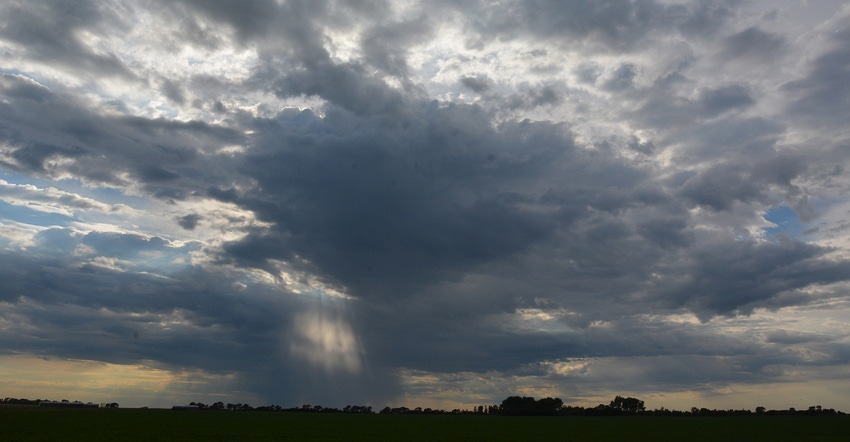April 3, 2019

By Mark Seeley
In recent decades, Minnesota has seen a large number of wetter than normal years.
In fact, based on the most recent three decades of climate statistics, the statewide average annual precipitation is about 3 inches greater than it was a hundred years ago.
Some of the wettest years and wettest months in state history are of recent vintage. The years 2005, 2010 and 2016 rank among the eight wettest years in history, going back to 1895. September of 2010 was the wettest month in history, while June of 2014 with a statewide average of over 8 inches of rainfall was the wettest singular month in history.
An examination of May rainfall statistics shows a peculiar statistic: The wettest month of May in state history was at the end of the Dust Bowl era in 1938. This defies all the climate trends that were observed during that decade as the largest fraction of all months during those 10 years exhibited less-than-normal precipitation.
During May of 1938, persistent cloudiness with southerly winds brought moisture into the state day after day. Afternoon and evening showers and thunderstorms occurred almost every other day.
The statewide average rainfall was over 6 inches during the month, but not because of very heavy thunderstorms. Rather, it was due to a very high frequency of showers. Many climate observers around the state that month reported measurable rainfall on 20 or more days, often less than half an inch. However, several climate stations totaled 7 to 10 inches during the month, and portions of Dakota County recorded nearly 11 inches.
The only climate station to report less than average May rainfall was Hallock of the Red River Valley in far northern Kittson County.
This high frequency of showers produced persistently wet field conditions for Minnesota farmers. There were very few good “field working days.” As a result, most all crops were planted quite late that year.
Yet, because of the persistent drought and low crop yields of the 1930s, in the end farmers were grateful for the moisture, much of which was stored in the soil for the 1938 growing season. By autumn, a crop was harvested that was better than most of those in the 1930s and started an upward trend in yields.
With respect to recent trends in May rainfall, seven of the most recent 10 years have brought above normal rainfall in May.
Given current weather patterns, 2019 is likely to fall in that category as well.
Seeley is professor emeritus of climatology at the University of Minnesota.
You May Also Like




